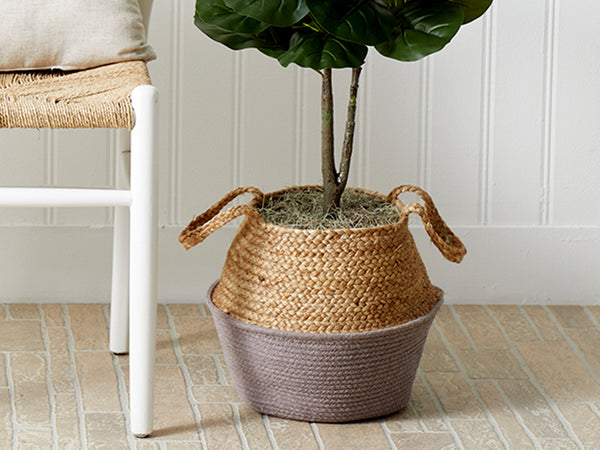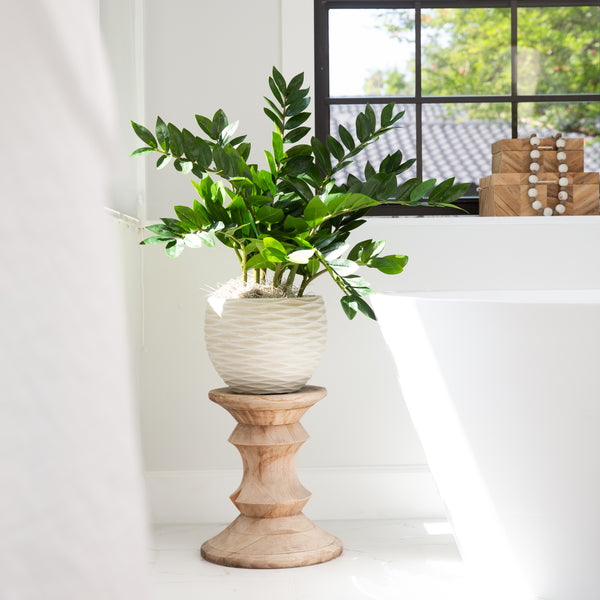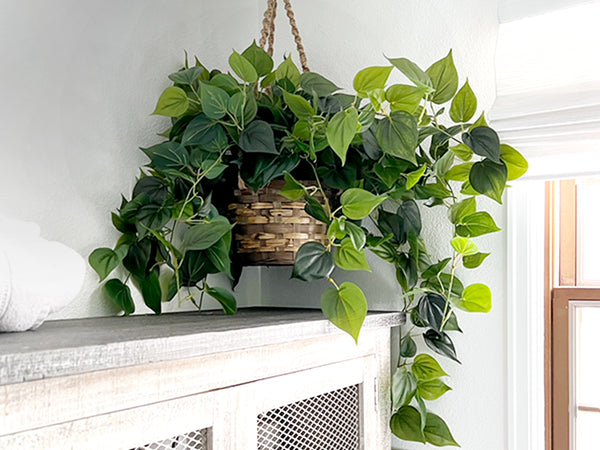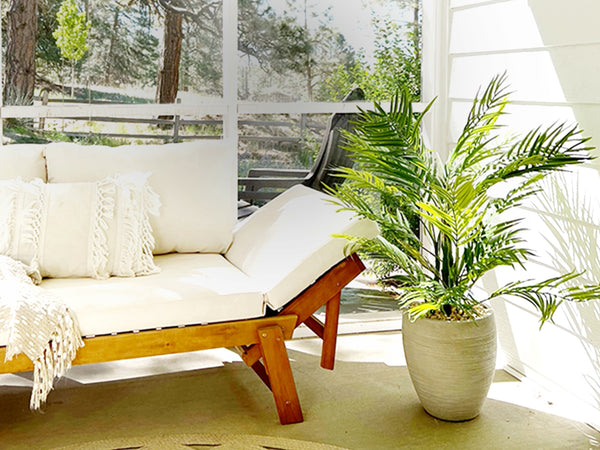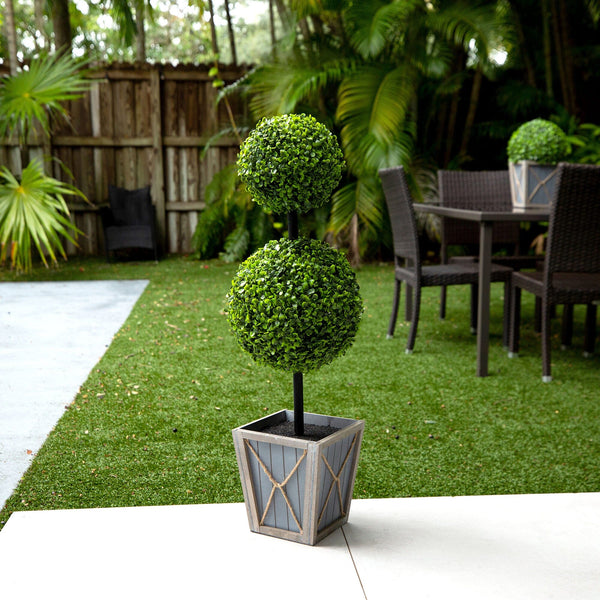Artificial Olive Trees vs. Real Ones: The Advantages and Disadvantages
Cindy VenerioThe allure of olive trees lies in their timeless elegance and Mediterranean charm, making them a popular choice for home decor and landscaping. However, when it comes to incorporating olive trees into your living spaces, you are faced with a choice between artificial and real ones. Both options have their merits and drawbacks, and in this blog post, we will compare the advantages and disadvantages of artificial olive trees versus real ones, empowering you to make an informed decision that aligns with your lifestyle and preferences.
- Related: Seasonal Spotlight: Faux Olive Trees

Artificial Olive Trees: The Pros and Cons
Advantages:
- Low Maintenance: One of the most significant advantages of artificial olive trees is their low maintenance requirements. Unlike real trees, they do not require watering, pruning, or fertilization. This makes them an ideal choice for those with busy schedules or little gardening experience, as they can enjoy the beauty of olive trees without the hassle of regular care. Not to mention olive trees are finicky and thrive in Mediterranean climate.
- Lifelike Appearance: High-quality artificial olive trees are crafted to closely mimic the appearance of real olive trees. With meticulous attention to detail, including lifelike leaves, textured trunks, and even faux soil, these replicas are often indistinguishable from their living counterparts, allowing you to enjoy the beauty of nature without worrying about seasonal changes or potential pests.
- Allergy-Friendly: For individuals with allergies or sensitivities to pollen, artificial olive trees offer a pollen-free alternative. This allows you to bring the natural beauty of olive trees into your home without the risk of triggering allergic reactions.
- Versatility: Artificial olive trees can thrive in any environment, regardless of lighting conditions or climate. This versatility means you can place them in any room of your home, whether it receives ample sunlight or is relatively dim. They can also be used in commercial spaces, outdoor areas, and even in regions where olive trees cannot grow naturally.
Disadvantages:
- Initial Investment: High-quality artificial olive trees can be more expensive upfront compared to purchasing a live olive tree. However, the initial investment is offset by the lack of ongoing costs associated with maintenance and care. It’s a win-win, save both time and money, while you focus on the things you love.
- Potential Fading: Over time, exposure to sunlight and environmental conditions may cause the colors of artificial olive trees to fade. Investing in UV-resistant faux trees can mitigate this issue, ensuring their vibrant appearance lasts longer only if you plan on displaying your faux tree outside. Check the title to see if the faux plant you like is safe for outdoor use.

Real Olive Trees: The Pros and Cons
Advantages:
- Authenticity: Nothing can replicate the authentic beauty and charm of a living olive tree. The unique characteristics, growth patterns, and changing colors with the seasons lend an air of authenticity that adds a special touch to your living space or garden.
- Environmental Benefits: Real olive trees contribute to the environment by reducing carbon dioxide levels and improving air quality. They also provide habitat and food for birds and beneficial insects, contributing to biodiversity.
- Emotional Connection: Some individuals develop a strong emotional connection with their live plants, finding joy and satisfaction in nurturing and witnessing their growth. This connection can enhance one's well-being and sense of responsibility towards nature.
Disadvantages:
- Maintenance Demands: Real olive trees require regular care, including watering, pruning, and pest control. Failure to meet these needs can lead to health issues, reduced longevity, and diminished visual appeal.
- Seasonal Changes: Live olive trees undergo seasonal changes, shedding leaves, and requiring adjustments in care routines. For some, these changes may be inconvenient or undesirable.
- Allergens and Pests: Real olive trees can produce pollen, potentially triggering allergies in sensitive individuals. Additionally, they may attract pests that can pose a challenge to control.
Conclusion
Choosing between artificial olive trees and real ones ultimately comes down to personal preference and lifestyle considerations. If you prioritize low maintenance, versatility, and allergy-friendliness, artificial olive trees offer a lifelike and convenient alternative. On the other hand, if you value the authenticity, emotional connection, and environmental benefits of real plants, then live olive trees are the way to go. But the truth is that many people live in climates that are not friendly to olive trees, thus faux is better. You don’t want your new plant to die because it doesn't have the right climate to thrive.
Regardless of your choice, both options have their merits, and each can bring the timeless elegance and Mediterranean charm of olive trees into your living spaces. So, weigh the advantages and disadvantages presented in this blog post, consider your unique circumstances, and make an informed decision that will enrich your home or garden with the beauty of olive trees for years to come.








